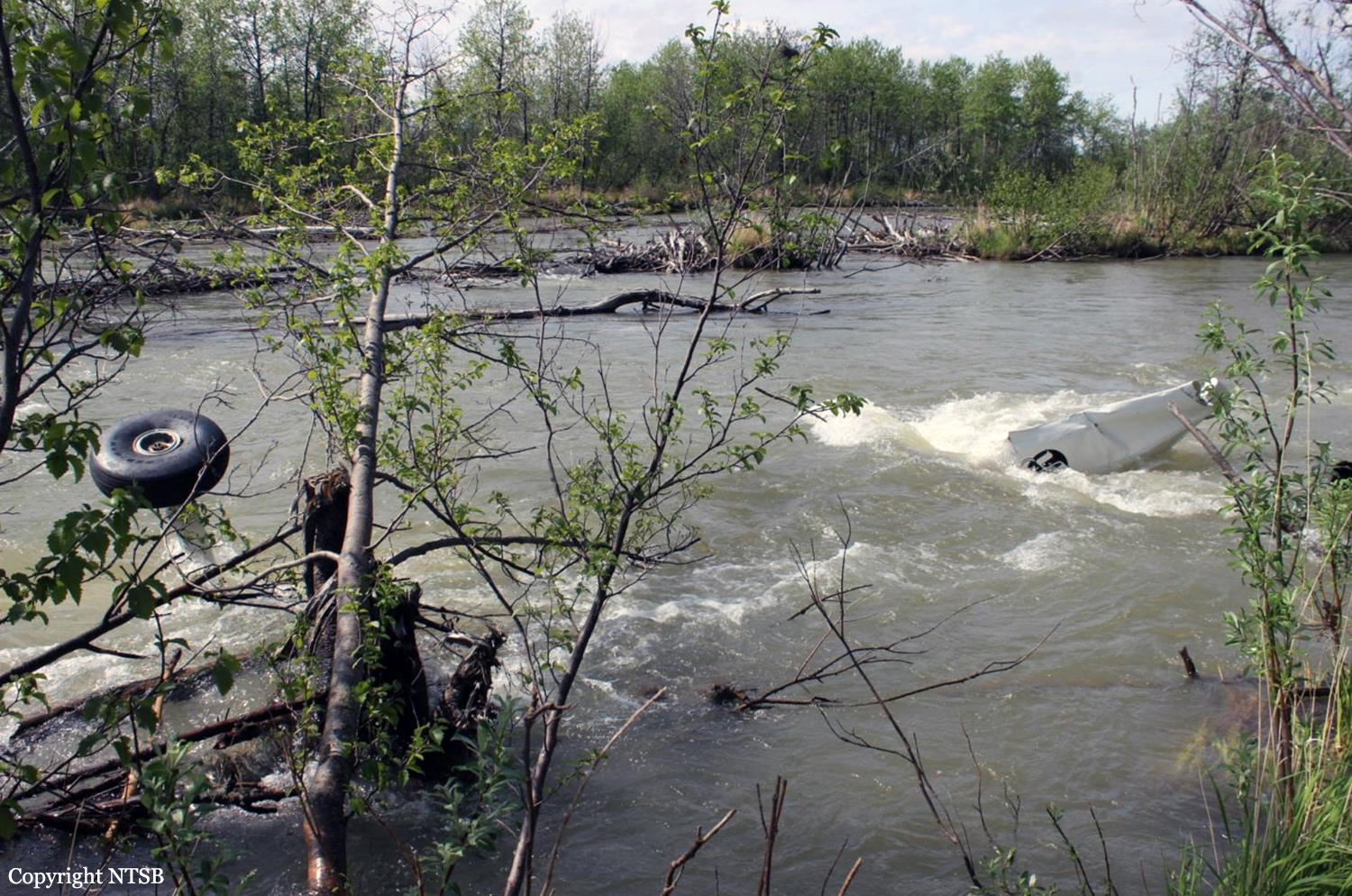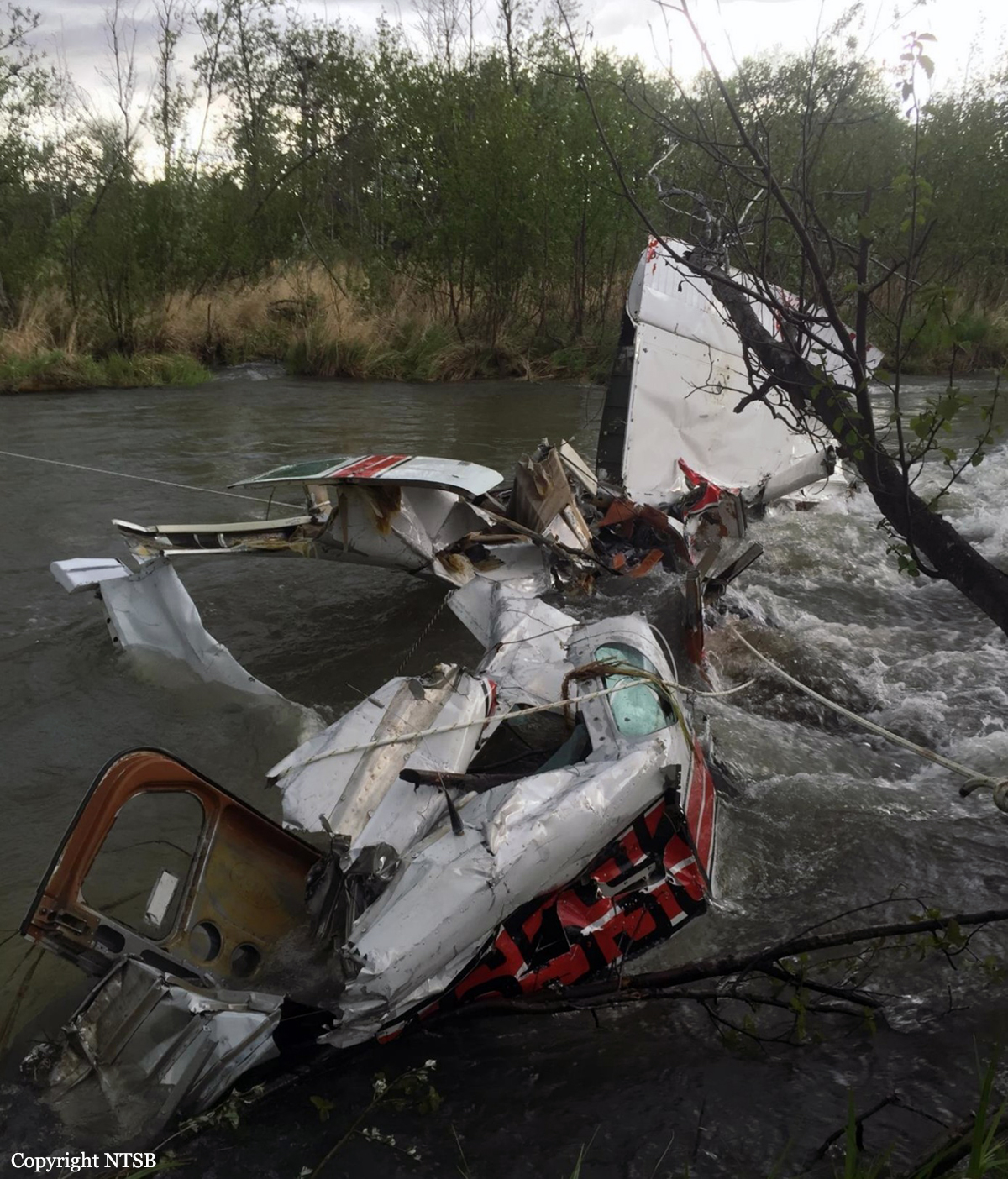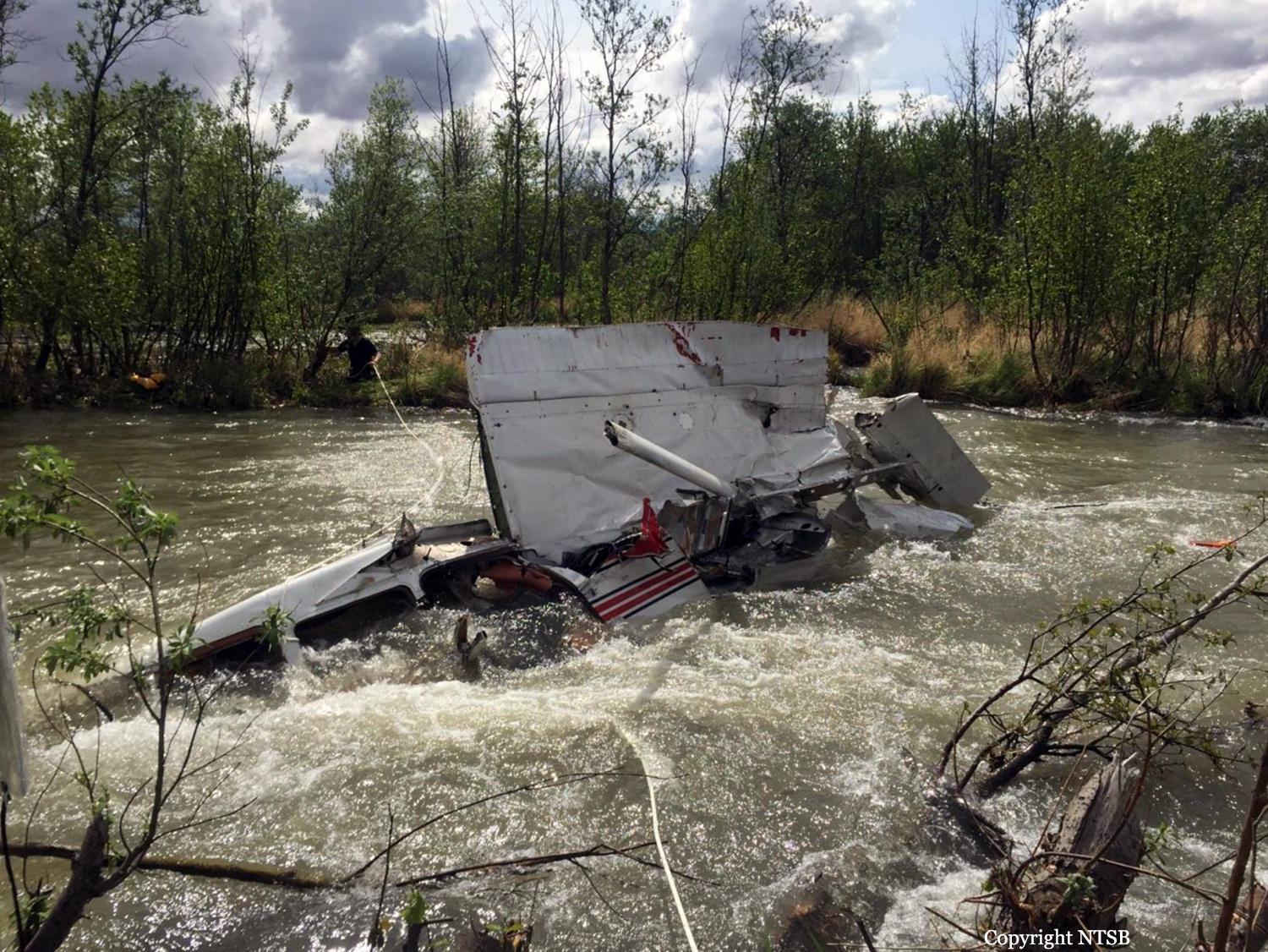Country
Crash of a Cessna 207 Skywagon near Playa del Carmen
Date & Time:
Dec 21, 2017 at 0950 LT
Registration:
XA-UHL
Survivors:
Yes
Schedule:
Playa del Carmen – Chichén Itzá
MSN:
207-0261
YOM:
1974
Crew on board:
1
Crew fatalities:
Pax on board:
4
Pax fatalities:
Other fatalities:
Total fatalities:
0
Captain / Total hours on type:
37.00
Aircraft flight hours:
5090
Circumstances:
Few minutes after takeoff from Playa del Carmen, while flying at an altitude of 1,500 feet, the engine lost power and failed. The pilot attempted to make an emergency landing when the aircraft collided with trees and crashed in a wooded area located 18 km from its departure point. The pilot and all four passengers, a British family on vacations, were uninjured. The aircraft was damaged beyond repair.
Probable cause:
Engine failure caused by an oil leak following the failure of the 5th cylinder.
Final Report:
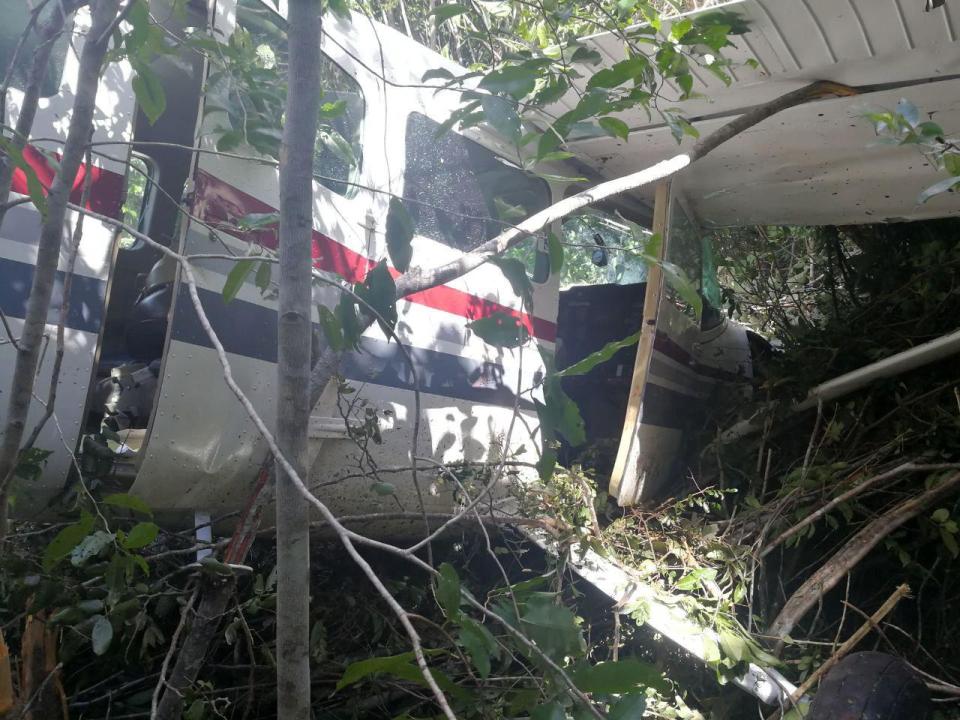
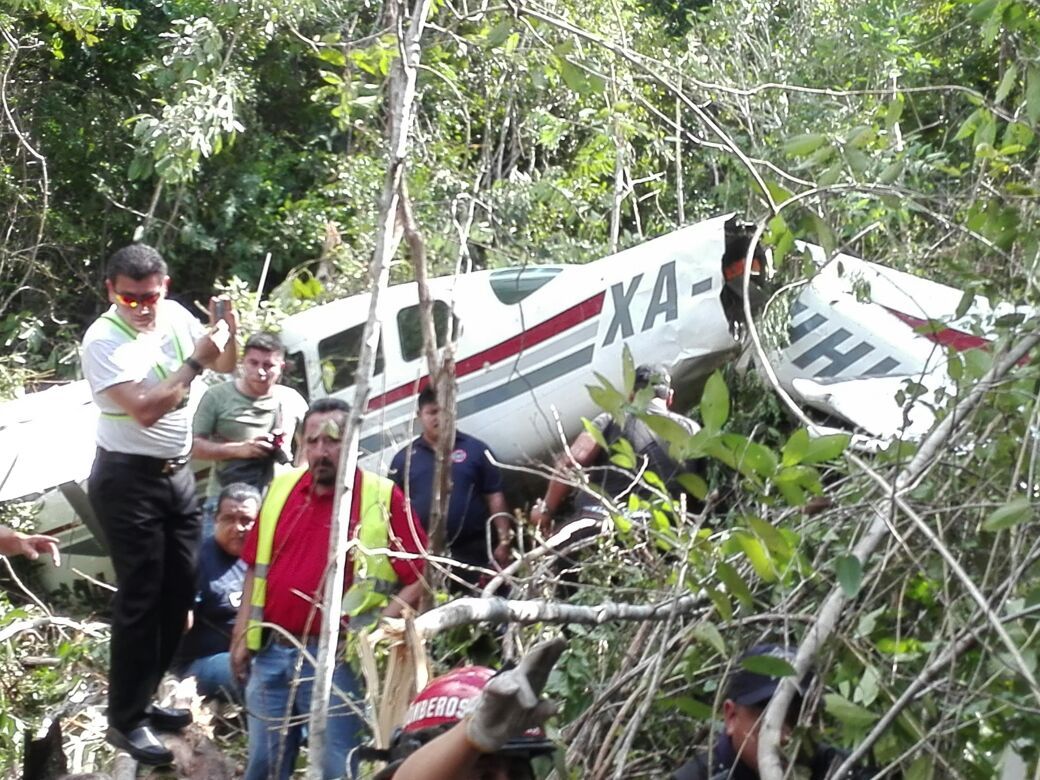
Crash of a Cessna 207 Skywagon near Hope
Date & Time:
Jul 3, 2017 at 1032 LT
Registration:
N9620M
Survivors:
Yes
Schedule:
Seldovia – Anchorage
MSN:
207-0711
YOM:
1981
Crew on board:
1
Crew fatalities:
Pax on board:
0
Pax fatalities:
Other fatalities:
Total fatalities:
0
Captain / Total hours on type:
3.00
Aircraft flight hours:
23833
Circumstances:
According to the pilot, he was flying the second airplane in a flight of two about 1 mile behind the lead airplane. The lead airplane pilot reported to him, via the airplane's radio, that he had encountered decreasing visibility and that he was making a 180° left turn to exit the area. The pilot recalled that, after losing sight of the lead airplane, he made a shallow climbing right turn and noticed that the terrain was rising. He recalled that he entered the clouds for a few seconds and "at that moment I ran into the trees which I never saw coming." The airplane sustained substantial damage to both wings. The pilot reported that there were no preaccident mechanical malfunctions or failures with the airplane that would have precluded normal operation. The pilot reported that the temperature was 60°F with 8 miles visibility and 1,500-eeft ceilings. The nearest METAR was about 1 mile away and reported that the temperature was 54°F, dew point was 52°F, visibility was 8 statute miles with light rain, and ceiling was broken at 500 feet and overcast at 1,500 feet.
Probable cause:
The pilot's inadvertent flight into instrument meteorological conditions and subsequent controlled flight into terrain.
Final Report:
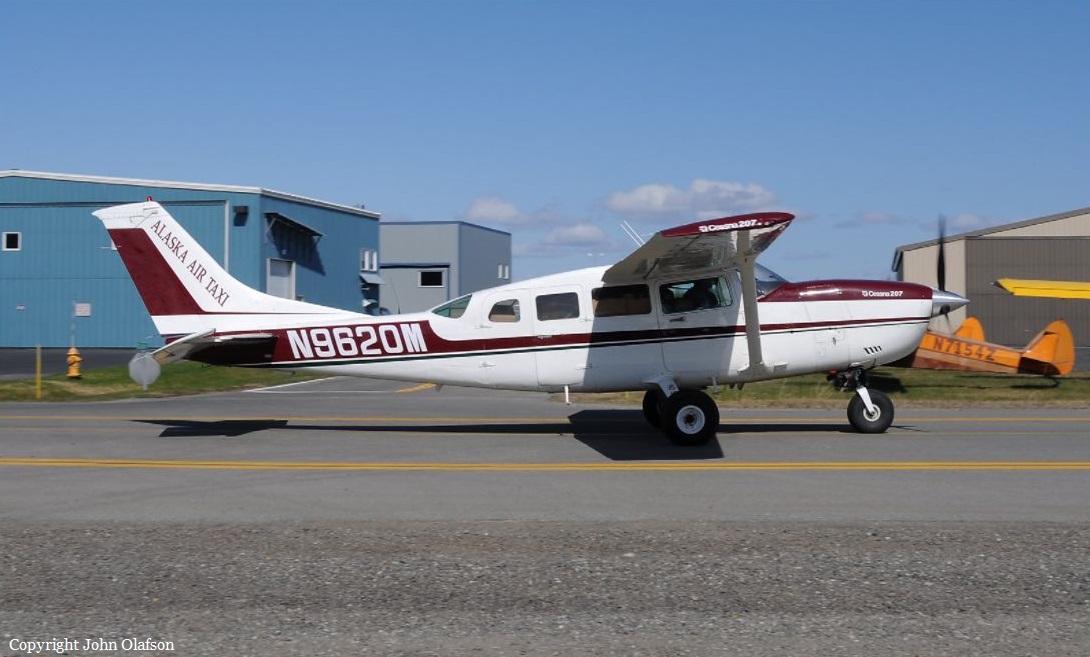
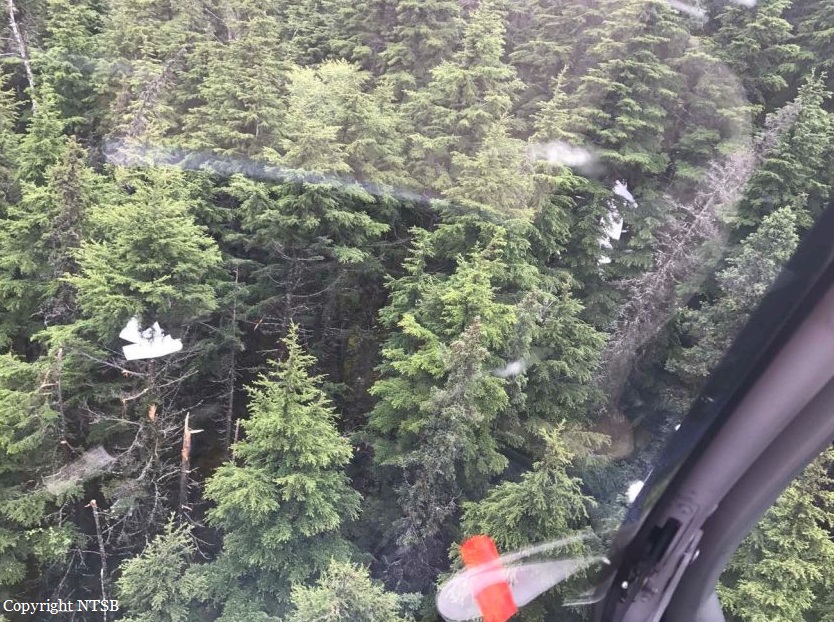
Crash of a Cessna 207 Stationair in Vinalhaven
Date & Time:
Jun 26, 2017 at 0741 LT
Registration:
N207GM
Survivors:
Yes
Schedule:
Rockland - Vinalhaven
MSN:
207-0217
YOM:
1972
Crew on board:
1
Crew fatalities:
Pax on board:
0
Pax fatalities:
Other fatalities:
Total fatalities:
0
Captain / Total hours on type:
356.00
Aircraft flight hours:
12458
Circumstances:
The pilot reported that the approach appeared normal, but during the landing on the 1,500 feet long gravel strip, the airplane firmly struck the runway and bounced. He added that the bounce was high and that the remaining runway was too short to correct the landing with power. The pilot chose to go around, applying full power and 20° of flaps for the balked landing procedure. During the climb, the airplane drifted left toward 50-ft-tall trees about 150 ft from the departure end of the runway. Unable to climb over the trees, the airplane struck the tree canopy, the nose dropped, and the pilot instinctively reduced power as the airplane descended through the trees and impacted terrain. The wings and fuselage were substantially damaged. The pilot reported no preimpact mechanical failures or malfunctions with the airplane that would have precluded normal operation.
Probable cause:
The pilot's failure to maintain a stabilized approach, which resulted in a bounced landing and subsequent go-around with insufficient distance to clear trees during the climb.
Final Report:



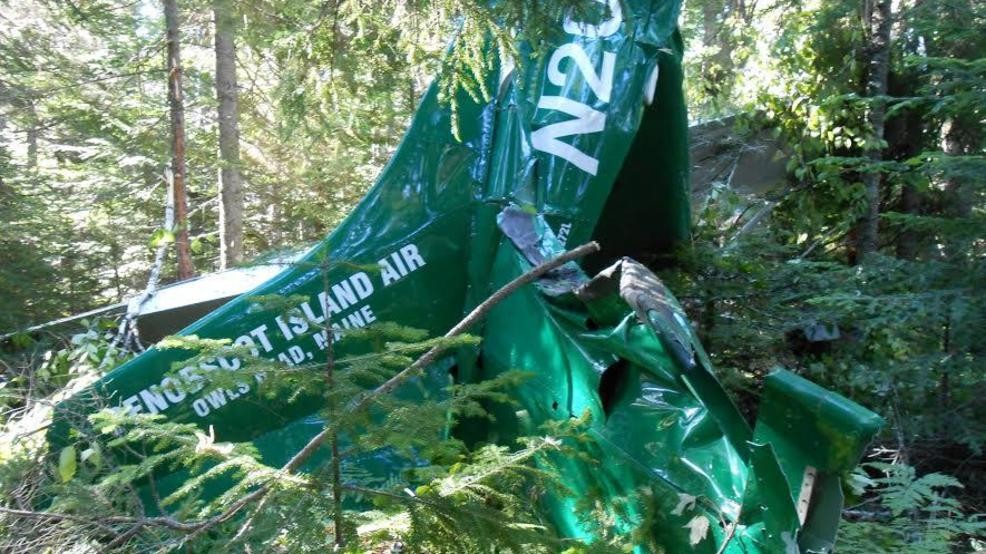
Crash of a Cessna T207A Turbo Stationair 8 near Uchuquinua: 3 killed
Date & Time:
Oct 9, 2016 at 0900 LT
Registration:
OB-1936-P
Survivors:
No
Schedule:
Trujillo - Pucallpa
MSN:
207-0767
YOM:
1984
Crew on board:
1
Crew fatalities:
Pax on board:
2
Pax fatalities:
Other fatalities:
Total fatalities:
3
Circumstances:
The single engine aircraft was completing a charter flight from Trujillo to Pucallpa, carrying two pilots and pilot. While cruising over the Cajamarca Province, the pilot encountered poor weather conditions with heavy rain falls. He modified his route and was able to continue under VFR mode in good weather conditions. Nevertheless, he continued at an insufficient altitude when the aircraft impacted ground and crashed in a mountainous area. The aircraft was destroyed by impact forces and all three occupants were killed. There was no fire.
Probable cause:
The accident was the consequence of a loss of situational awareness of the pilots, by not making a continuous surveillance during the VFR flight in good weather conditions, not determining timely the corrections of direction or altitude, which finally led them to fail to fly over the ground of the new route adopted in flight, generating a probable aerodynamic loss at the limit of the performance of the aircraft, occurring a CFIT accident.
Contributing factors:
- Limited or poor use of the available GPS Terrain Proximity Warning system.
- Poor or erroneous appreciation of the weather conditions at the beginning of the flight, which led them to vary the route to fly over terrain with higher elevation.
- Limited appreciation of terrain height on the new route in relation to the selected cruising altitude.
Contributing factors:
- Limited or poor use of the available GPS Terrain Proximity Warning system.
- Poor or erroneous appreciation of the weather conditions at the beginning of the flight, which led them to vary the route to fly over terrain with higher elevation.
- Limited appreciation of terrain height on the new route in relation to the selected cruising altitude.
Final Report:

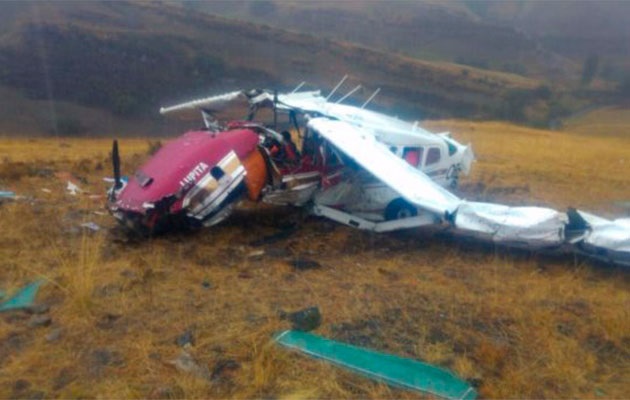
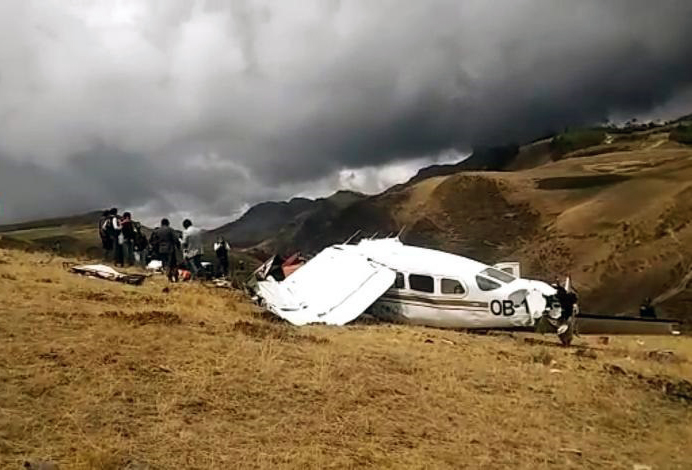
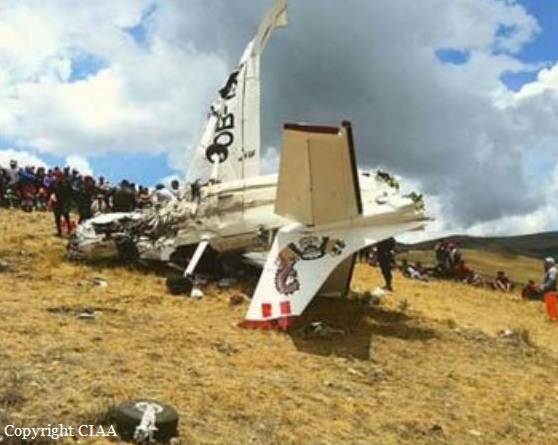

Crash of a Cessna 207A Stationair 8 in Santa Rosa de Yacuma
Date & Time:
Jul 16, 2016 at 1600 LT
Registration:
CP-2953
Survivors:
No
Schedule:
Trinidad – Santa Rosa de Yacuma
MSN:
207-0728
YOM:
1981
Crew on board:
1
Crew fatalities:
Pax on board:
5
Pax fatalities:
Other fatalities:
Total fatalities:
6
Circumstances:
On approach to Santa Rosa de Yacuma Airport, the pilot encountered poor weather conditions and initiated a go-around as the visibility was poor due to rain falls. Few minutes later, during a second attempt to land, the aircraft passed over the runway threshold when the pilot decided to initiate a second go-around procedure. He made a left turn when he lost control of the airplane that crashed 500 metres past the runway threshold, bursting into flames. The aircraft was destroyed and all six occupants were killed.
Crash of a Cessna 207 Stationair 7 near Goodnews Bay
Date & Time:
Jun 17, 2016 at 1200 LT
Registration:
N91170
Survivors:
Yes
Schedule:
Quinhagak - Goodnews Bay
MSN:
207-00101
YOM:
1969
Crew on board:
1
Crew fatalities:
Pax on board:
0
Pax fatalities:
Other fatalities:
Total fatalities:
0
Captain / Total hours on type:
78.00
Aircraft flight hours:
15089
Circumstances:
During cruise flight through an area of mountainous terrain, the commercial pilot became geographically disoriented and selected the incorrect route through the mountains. Upon realizing it was the incorrect route, he initiated a steep climb while executing a 180° turn. During the steep climbing turn, the airplane inadvertently entered instrument meteorological conditions, and the airplane subsequently impacted an area of rocky, rising terrain. The pilot reported there were no mechanical malfunctions or anomalies that would have precluded normal operation of the airplane.
Probable cause:
The pilot's failure to select the correct route through the mountains as a result of geographic disorientation, and his subsequent visual flight into instrument meteorological conditions, which resulted in collision with terrain.
Final Report:
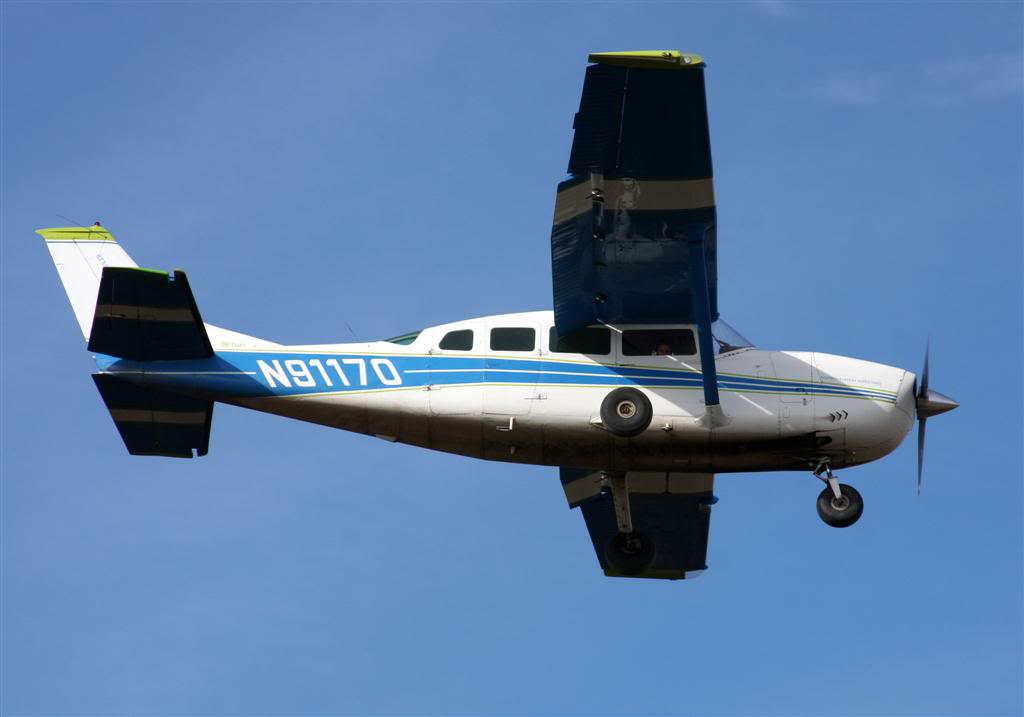
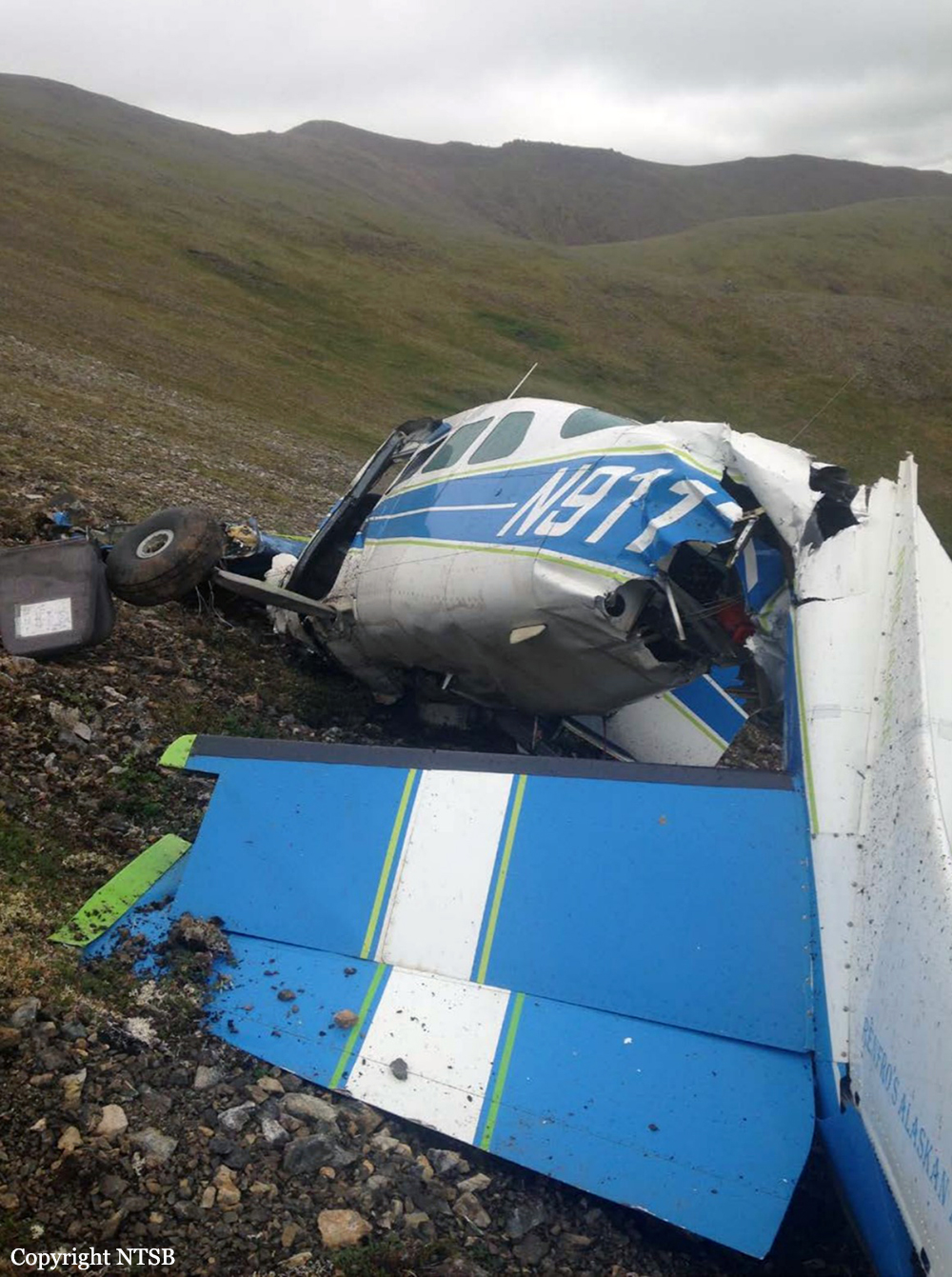

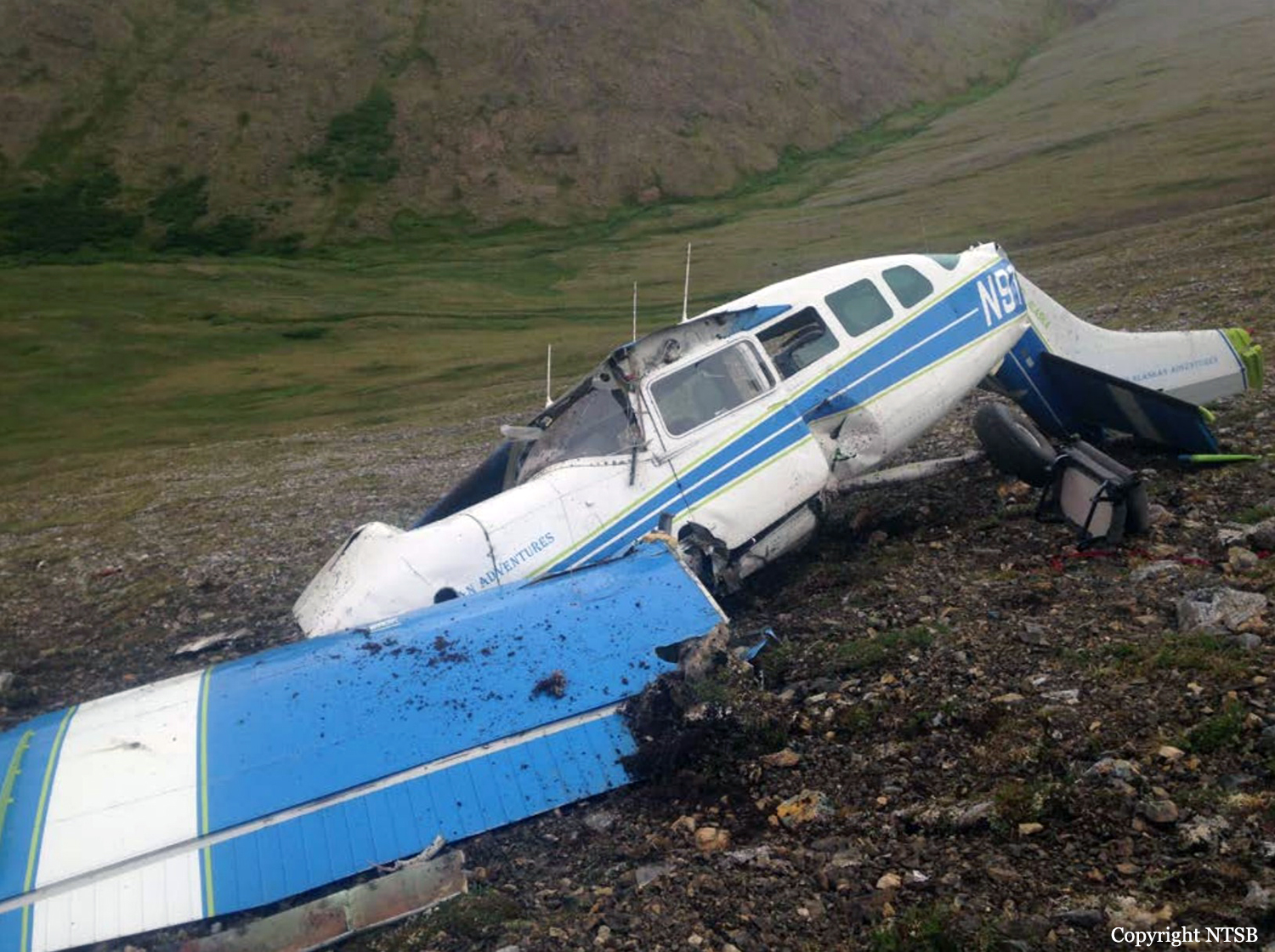
Crash of a Cessna 207 Skywagon in Taylor: 2 killed
Date & Time:
Oct 16, 2015 at 1515 LT
Registration:
C-GNVZ
Survivors:
No
Schedule:
Taylor – Vernon
MSN:
207-0317
YOM:
1976
Crew on board:
1
Crew fatalities:
Pax on board:
1
Pax fatalities:
Other fatalities:
Total fatalities:
2
Circumstances:
Shortly after takeoff from a grassy airstrip located just outside from the town of Taylor, some 15 km southeast of Fort St John, the single engine aircraft crashed in an open field, bursting into flames. The aircraft was totally destroyed by a post crash fire and both occupants, a father and his son, were killed.



Crash of a Cessna 207A Skywagon near Point Howard: 1 killed
Date & Time:
Jul 17, 2015 at 1318 LT
Registration:
N62AK
Survivors:
Yes
Schedule:
Juneau – Hoonah
MSN:
207-0780
YOM:
1984
Flight number:
K5202
Crew on board:
1
Crew fatalities:
Pax on board:
4
Pax fatalities:
Other fatalities:
Total fatalities:
1
Captain / Total hours on type:
48.00
Aircraft flight hours:
26613
Circumstances:
The company flight coordinator on duty when the pilot got her "duty-on" briefing reported that, during the "duty-on" briefing, he informed the commercial pilot that most flights to the intended destination had been cancelled in the morning due to poor weather conditions and that one pilot had turned around due to weather. No record was found indicating that the pilot used the company computer to review weather information before the flight nor that she had received or retrieved any weather information before the flight. If she had obtained weather information, she would have seen that the weather was marginal visual flight rules to instrument flight rules conditions, which might have affected her decision to initiate the flight. The pilot subsequently departed for the scheduled commuter flight with four passengers on board; the flight was expected to be 20 minutes long. Review of automatic dependent surveillance-broadcast data transmitted by the airplane showed that the airplane's flight track was farther north than the typical track for the destination and that the airplane did not turn south toward the destination after crossing the channel. Data from an on board multi-function display showed that, as the airplane approached mountainous terrain on the west side of the channel, the airplane made a series of erratic pitch-and-roll maneuvers before it impacted trees and terrain. Post-accident examination of the airframe and engine revealed no mechanical malfunctions or anomalies that would have precluded normal operation. One of the passengers reported that, after takeoff, the turbulence was "heavy," and there were layers of fog and clouds and some rain. Based on the weather reports, the passenger statement regarding the weather, and the flight's erratic movement just before impact, it is likely that the flight encountered instrument meteorological conditions as it approached the mountainous terrain and that the pilot then lost situational awareness and flew into trees and terrain. According to the company's General Operations Manual (GOM), operational control was delegated to the flight coordinator for the accident flight, and the flight coordinator and pilot-in-command (PIC) were jointly responsible for preflight planning, flight delay, and flight release, which included completing the flight risk assessment (FRA) process. This process required the PIC to fill out an FRA form and provide it to the flight coordinator before flight. However, the pilot did not fill out the form. The GOM stated that one of the roles of the flight dispatcher (also referred to as "flight coordinator") was to assist the pilot in flight preparation by gathering and disseminating pertinent information regarding weather and any information deemed necessary for the safety of flight. It also stated that the dispatcher was to assist the PIC as necessary to ensure that all items required for flight preparation were accomplished before each flight. However, the flight coordinator did not discuss all the risks and weather conditions associated with the flight with the pilot, which was contrary to the GOM. When the flight coordinator who was on duty at the time the airplane was ready to depart did not receive a completed FRA, he did not stop the flight from departing, which was contrary to company policy. By not completing an FRA, it is likely the total risks associated with the accident flight were not adequately assessed. Neither the pilot nor the flight coordinator should have allowed the flight to be released without having completed an FRA form, which led to a loss of operational control and the failure to do so likely contributed to the accident. Interviews with company personnel and a review of a sampling of FRA forms revealed that company personnel, including the flight coordinators, lacked a fundamental knowledge of operational control theory and practice and operational practices (or lack thereof), which led to a loss of operational control for the accident flight. The company provided no formal flight coordinator training nor was a formal training program required. All of the company's qualified flight coordinators were delegated operational control and, thus, were required by 14 Code of Federal Regulations Section 119.69 to be qualified through training, experience, and expertise and to fully understand aviation safety standards and safe operating practice with respect to the company's operation and its GOM. However, the company had no formal method of documenting these requirements; therefore, it lacked a method of determining its flight coordinators' qualifications. In post-accident interviews, the previous Federal Aviation Administration (FAA) principal operations inspector (POI), who became the frontline manager over the certificate, stated that the company used the minimum regulatory standard when it came to ceiling and visibility requirements and that the company did not have any company minimums in place. He further stated that a cloud ceiling of 500 ft and 2 miles visibility would not allow for power-off glide to land even though the company was required to meet this regulation. When asked if he believed the practice of allowing the pilot to decide when to fly was adequate, he said it was not and there should have been route altitudes. However, no action was taken to change SeaPort's operations. The POI at the time of the accident stated that she was also aware that the company was operating contrary to federal regulatory standards for gliding distance to shore. A review of FAA surveillance activities of the company revealed that the POI provided surveillance of the company following the accident, including an operational control inspection, and noted deficiencies with the company's operational procedures; however, the FAA did not hold the company accountable for correcting the identified operational deficiencies. If the FAA had conducted an investigation or initiated an enforcement action pertaining to the company's apparent disregard of the regulatory standard for maintaining glide distance before the accident similar to the inspection conducted following the accident, it is plausible the flight would not have departed or continued when glide distance could not be maintained. The FAA's failure to ensure that the company corrected these deficiencies likely contributed to this accident which resulted, in part, from the company's failure to comply with its GOM and applicable federal regulations, including required glide distance to shore. The company was the holder of a Medallion Shield until they voluntarily suspended the Shield status but retained the "Star" status and continued advertising as a Shield carrier. Medallion stated in an email "With this process of voluntarily suspension, there will be no official communication to the FAA…" Given that Medallion advertises that along with the Shield comes recognition by the FAA as an operator who incorporates higher standards of safety, it seems contrary to safety that they would withhold information pertaining to a suspension of that status.
Probable cause:
The pilot's decision to initiate and continue visual flight into instrument meteorological conditions, which resulted in a loss of situational awareness and controlled flight into terrain.
Contributing to the accident were the company's failure to follow its operational control and flight release procedures and its inadequate training and oversight of operational control
personnel. Also contributing to the accident was the Federal Aviation Administration's failure to hold the company accountable for correcting known regulatory deficiencies and ensuring that it complied with its operational control procedures.
Contributing to the accident were the company's failure to follow its operational control and flight release procedures and its inadequate training and oversight of operational control
personnel. Also contributing to the accident was the Federal Aviation Administration's failure to hold the company accountable for correcting known regulatory deficiencies and ensuring that it complied with its operational control procedures.
Final Report:
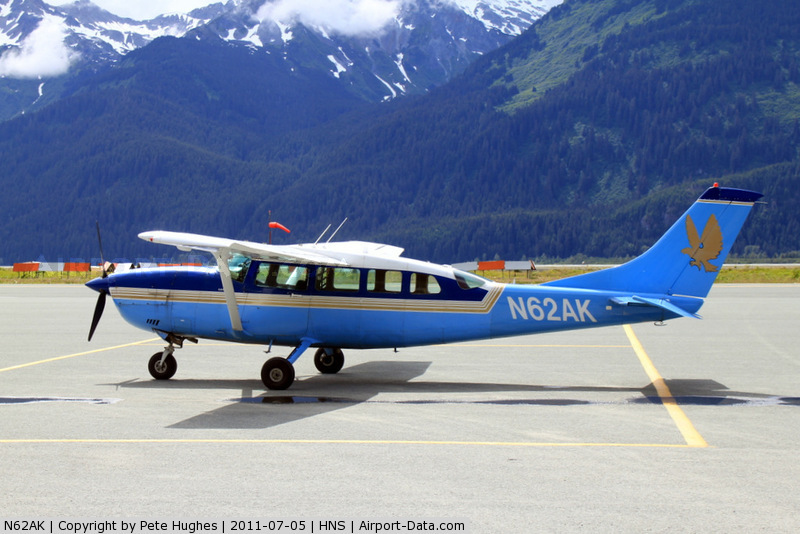
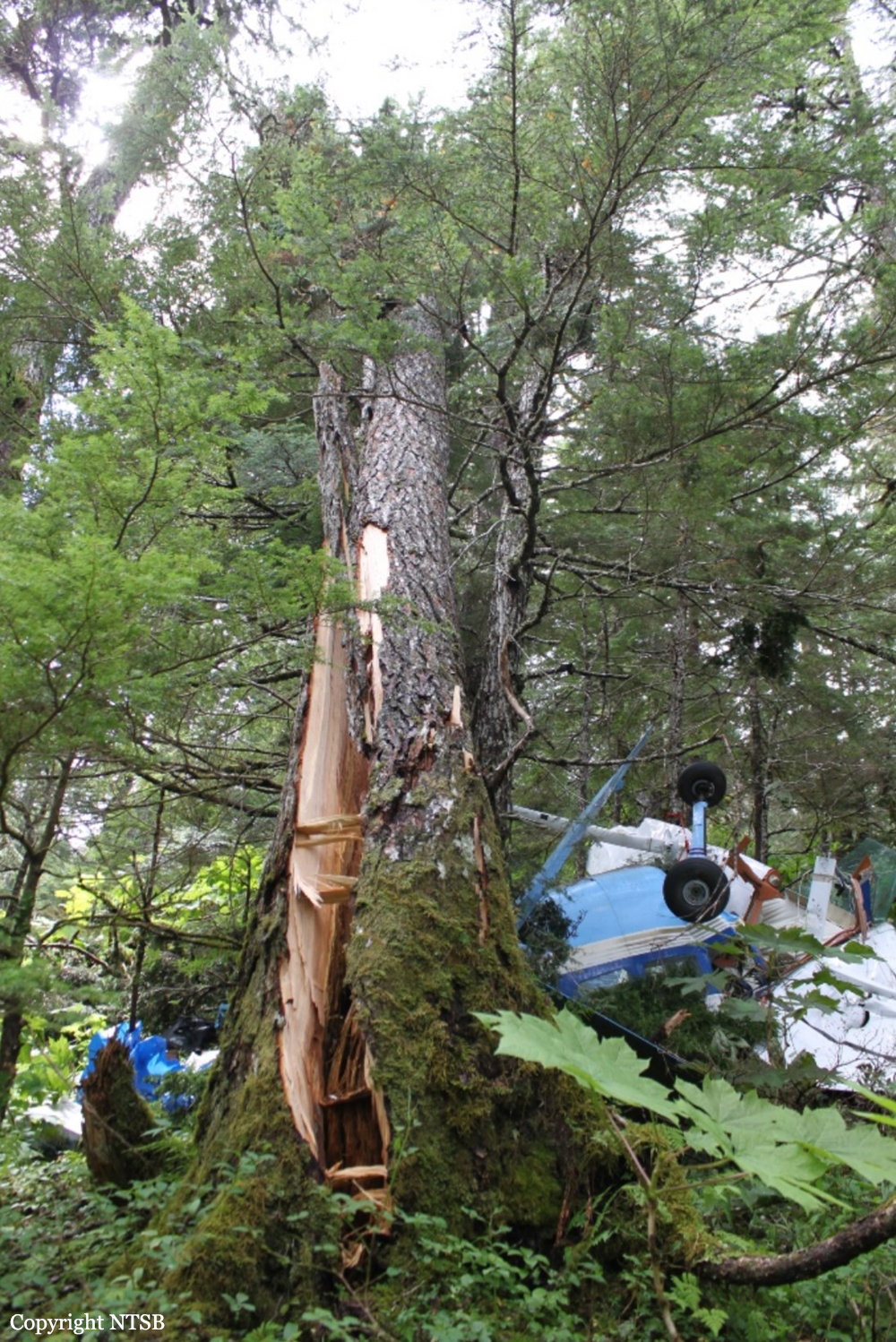
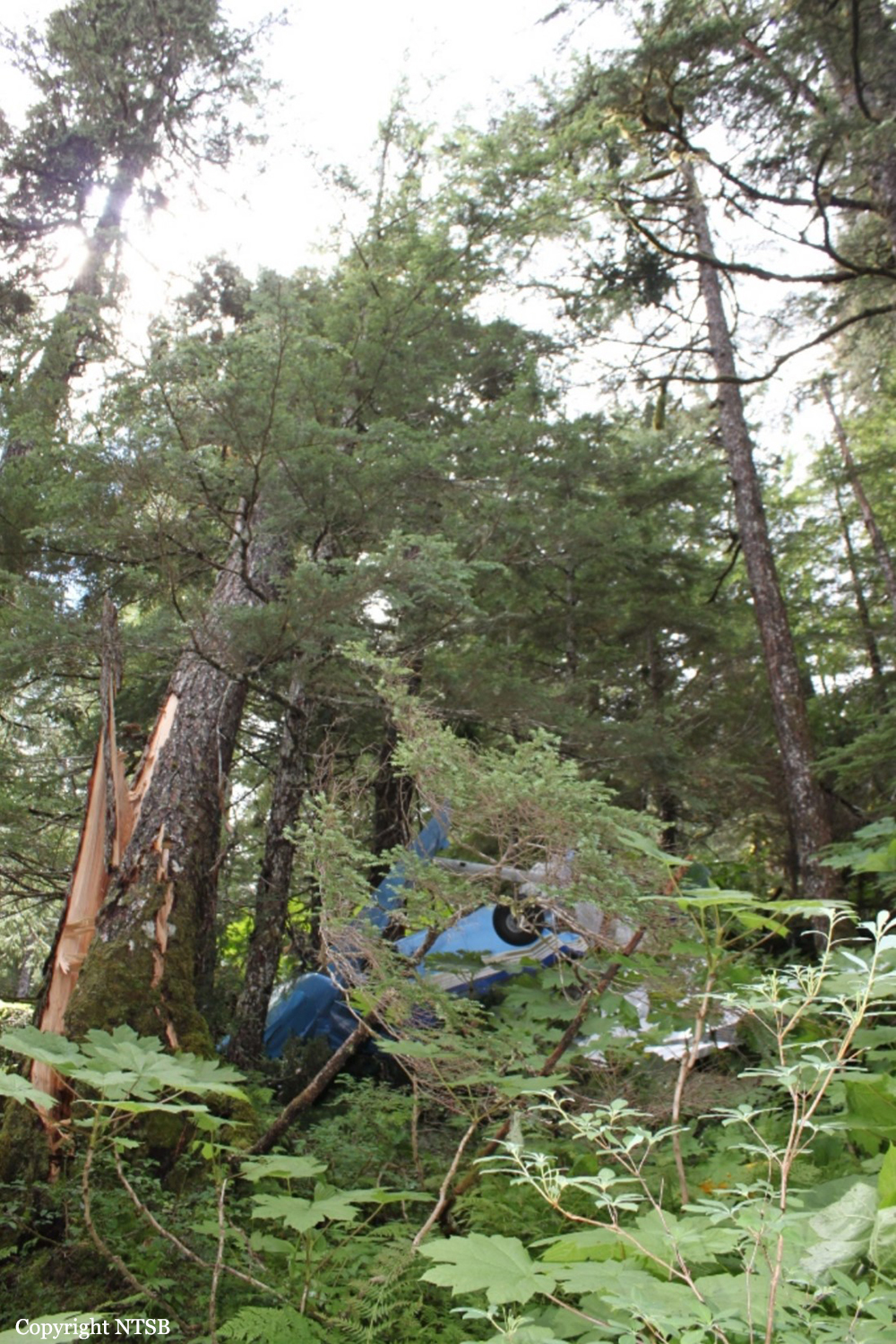
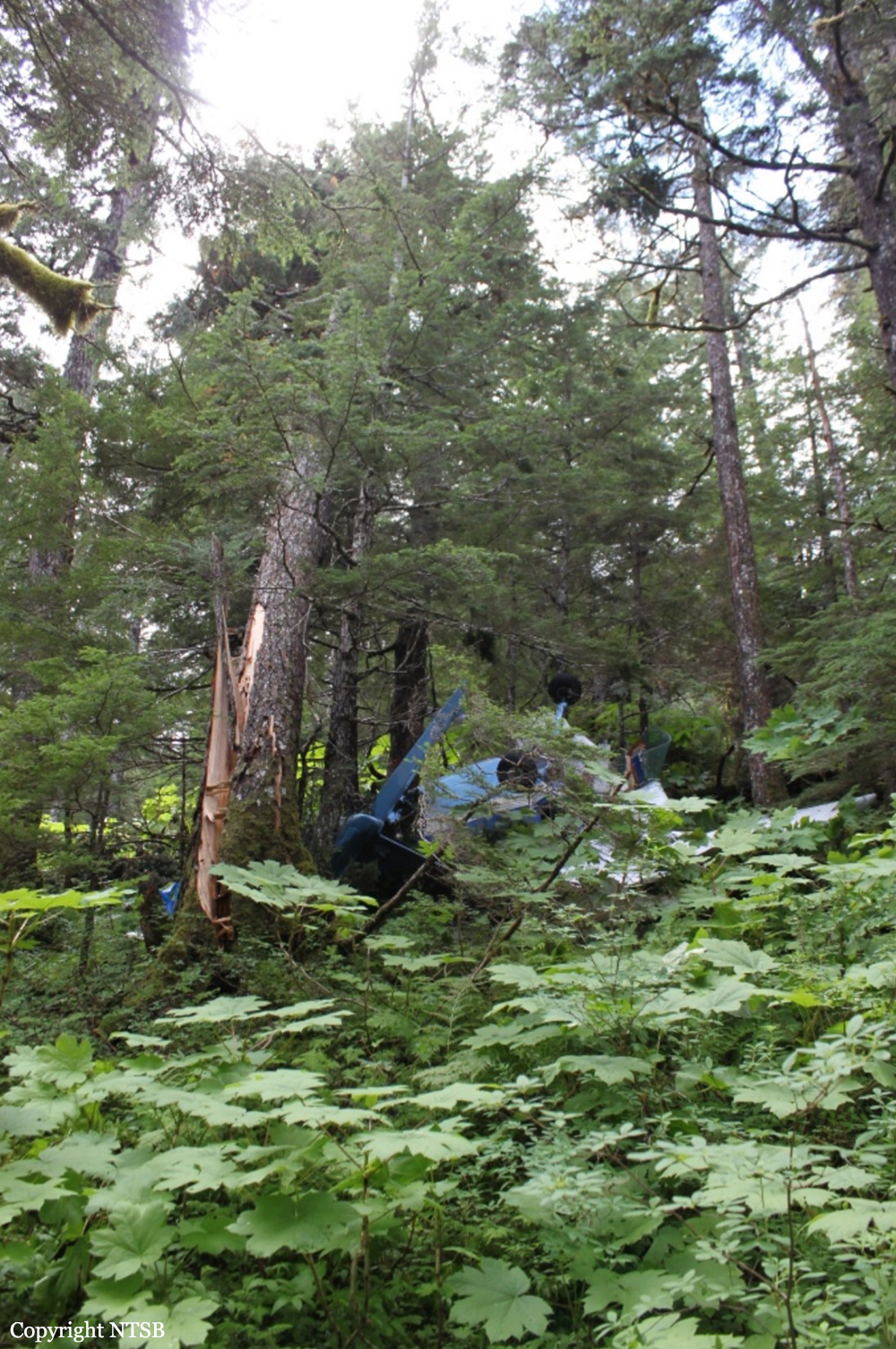

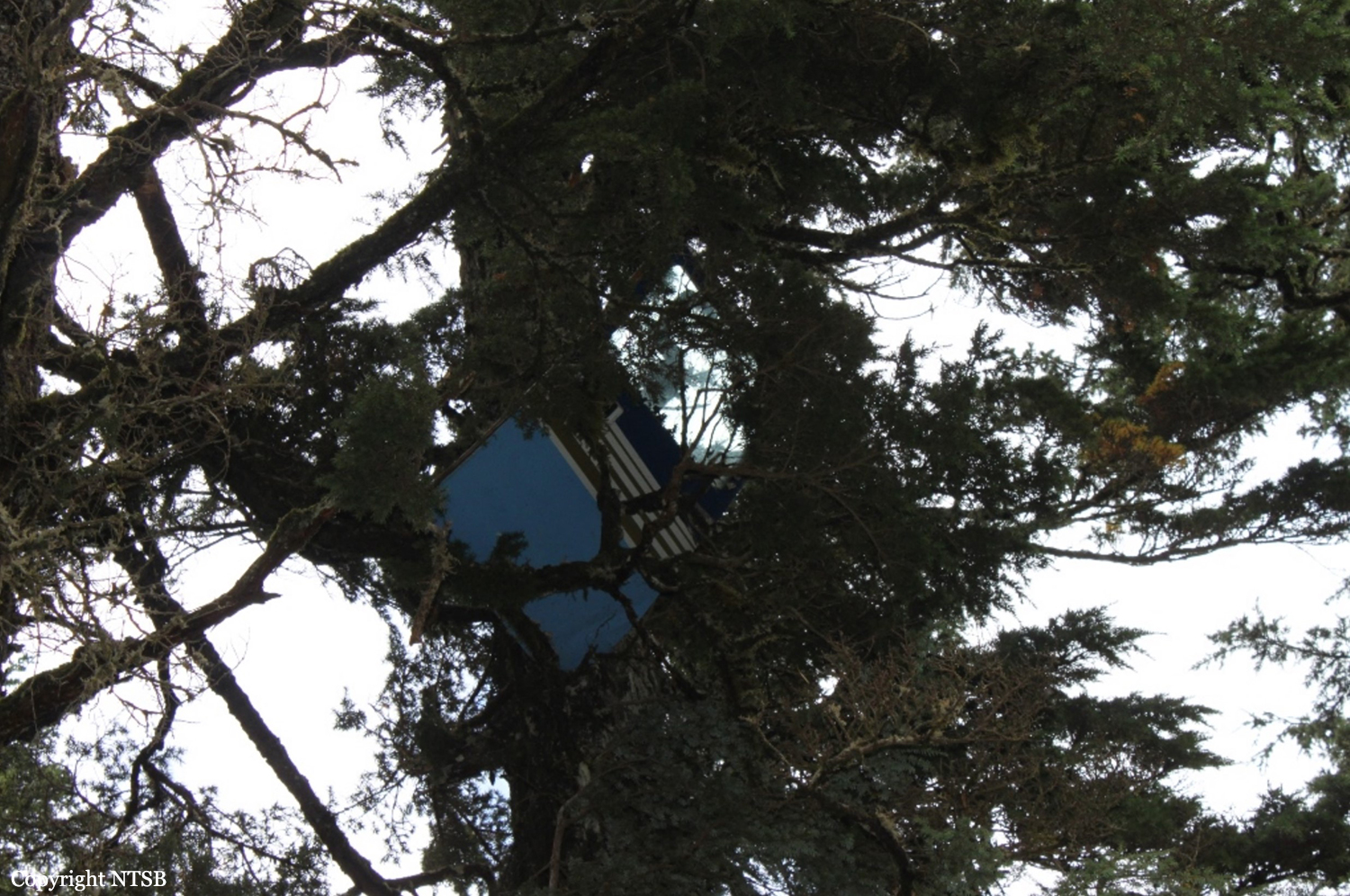
Crash of a Cessna 207 Skywagon near Bethel: 1 killed
Date & Time:
May 30, 2015 at 1130 LT
Registration:
N1653U
Survivors:
No
Schedule:
Bethel - Bethel
MSN:
207-0253
YOM:
1974
Crew on board:
1
Crew fatalities:
Pax on board:
0
Pax fatalities:
Other fatalities:
Total fatalities:
1
Captain / Total hours on type:
6600.00
Aircraft flight hours:
28211
Circumstances:
The pilot departed on a postmaintenance test flight during day visual meteorological conditions. According to the operator, the purpose of the flight was to break in six recently installed engine cylinders, and the flight was expected to last 3.5 hours. Recorded automatic dependent surveillance-broadcast data showed that the airplane was operating at altitudes of less than 500 ft mean sea level for the majority of the flight. The data ended about 3 hours after takeoff with the airplane located about 23 miles from the accident site. There were no witnesses to the accident, which occurred in a remote area. When the airplane did not return, the operator reported to the Federal Aviation Administration that the airplane was overdue. Searchers subsequently discovered the fragmented wreckage submerged in a swift moving river, about 40 miles southeast of the departure/destination airport. Postmortem toxicology tests identified 21% carboxyhemoglobin (carbon monoxide) in the pilot's blood. The pilot was a nonsmoker, and nonsmokers normally have no more than 3% carboxyhemoglobin. There was no evidence of postimpact fire; therefore, it is likely that the pilot's elevated carboxyhemoglobin level was from acute exposure to carbon monoxide during the 3 hours of flight time before the accident. As the pilot did not notify air traffic control or the operator's home base of any problems during the flight, it is unlikely that he was aware that there was carbon monoxide present. Early symptoms of carbon monoxide exposure may include headache, malaise, nausea, and dizziness. Carboxyhemoglobin levels between 10% and 20% can result in confusion, impaired judgment, and difficulty concentrating. While it is not possible to determine the exact symptoms the pilot experienced, it is likely that the pilot had symptoms that may have been distracting as well as some degree of impairment in his judgment and concentration. Given the low altitudes at which he was operating the airplane, he had little margin for error. Thus, it is likely that the carbon monoxide exposure adversely affected the pilot's performance and contributed to his failure to maintain clearance from the terrain. According to the operator, the airplane had a "winter heat kit" installed, which modified the airplane's original cabin heat system. The modification incorporated an additional exhaust/heat shroud system designed to provide increased cabin heat during wintertime operations. Review of maintenance records revealed that the modification had not been installed in accordance with Federal Aviation Administration field approval procedures. Examination of the recovered wreckage did not reveal evidence of any preexisting mechanical anomalies that would have precluded normal operation of the airplane. Examination of the airplane's right side exhaust/heat exchanger did not reveal any leaks or fractures that would have led to carbon monoxide in the cabin. Because the left side exhaust/heat exchanger was
not recovered, it was not possible to determine whether it was the source of the carbon monoxide.
not recovered, it was not possible to determine whether it was the source of the carbon monoxide.
Probable cause:
The pilot's failure to maintain altitude, which resulted in collision with the terrain. Contributing to the accident was the pilot's impairment from carbon monoxide exposure in flight. The source of the carbon monoxide could not be determined because the wreckage could not be completely recovered.
Final Report:

